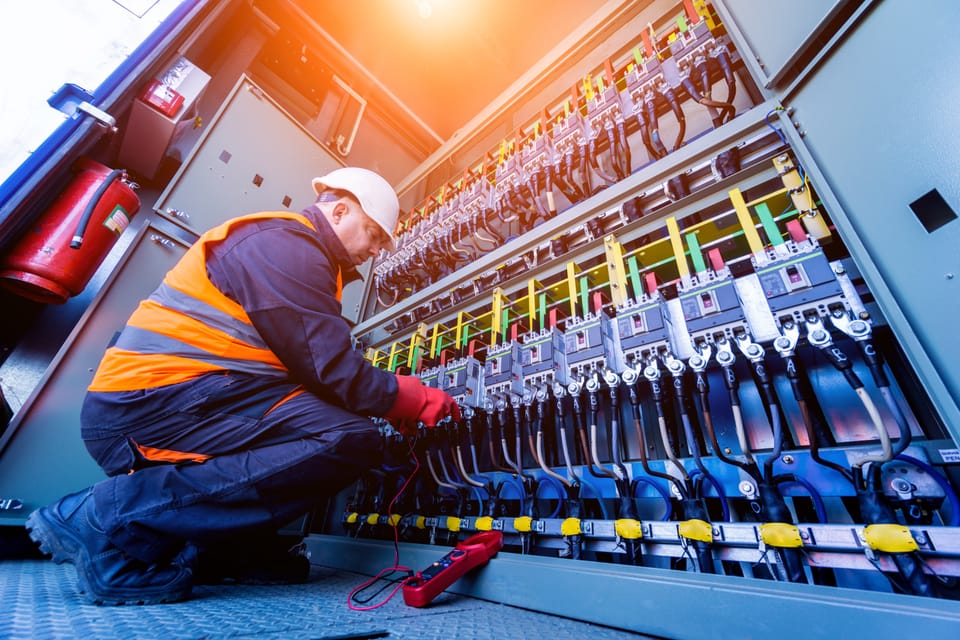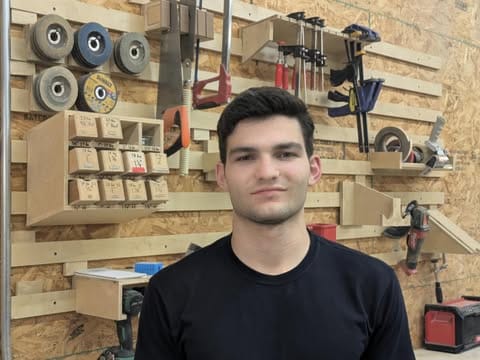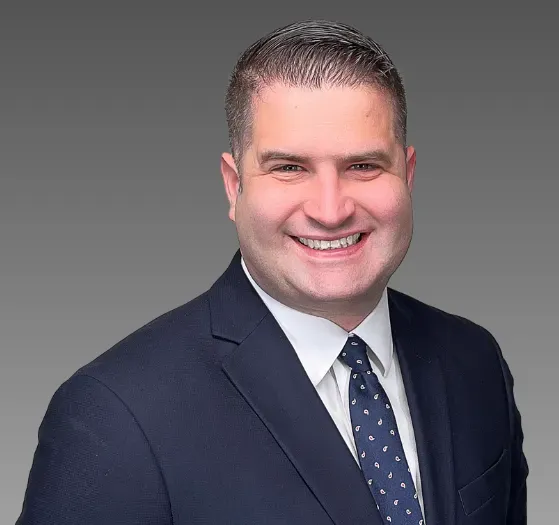Workforce wins: How Helix Electric stays ahead

A version of this story first appeared in The Level newsletter. To get it in your inbox, sign up for free here.
Skilled labor is tight, prices are unpredictable and every job demands more. Helix Electric, Inc. isn’t waiting around—they’re building a pipeline of talent, doubling down on transparency and scaling up for complex work others can’t touch. Helix CEO Boris Shekhter shares how they’re preparing crews to lead, keeping client trust and setting new standards on major job sites. -Margot Lester
What's the biggest challenge you're facing right now and how are you managing it?
Like most other contractors, our biggest challenge is workforce development, but we manage it by investing heavily in our people so they want to stay and grow with us. Our training programs through Helix University provide skills training, system training and leadership development so [employees] learn how to manage people effectively. So someone can come into Helix Electric with very little or no experience and still have a long career where they can really feel like they are growing. We are proud that our teammates cannot be replaced by AI while we use Helix University to help train them on emerging technologies so they can be more efficient and successful. We actually want to grow our electricians so they can take their careers wherever they want them to go. As a result, we are among only a handful of electrical contractors in the country with the ability to staff large-scale projects like data centers and manufacturing facilities that require hundreds of skilled workers.
How are you proactively communicating with clients about price and supply issues?
Construction partnerships are like a marriage, you’re working together to build a long relationship rooted in trust and that requires honest, transparent communication. It’s not always easy, but it’s absolutely needed to help them make informed decisions—and our clients respect that. As an industry, we’ve seen pricing and supply fluctuations since the pandemic, so it’s not a surprise anymore, but we do our best to over-communicate, mitigate where we can and try to get in front of it. That’s why Helix Electric has been around for 40 years, because we value our partnerships and work hard to develop strong relationships.
What trend are you hoping continues or ends this year and why?
Onshoring is a positive trend in construction that we hope continues. It aligns with national security interests and creates more building opportunities in America, which creates more jobs. It also puts a greater spotlight on skilled craft workers and recognizes the trades as a viable, respected career choice that is becoming more attractive. As a result, we’re seeing more companies put a greater emphasis on safety improvements and the overall well-being of workers’ physical, mental and emotional health. At Helix Electric, we’ve long respected all workers, regardless of their background, and we are consistently making changes to improve their workday. As one of the larger electrical contractors, we can ask for things like permanent restrooms instead of Porta Potties on job sites and shade tents with misters for breaks.
How are you affected by labor shortages?
Finding enough skilled electricians and leadership personnel for large projects has been a significant challenge for all contractors for decades. Interest in skilled trades started to drop in the 1990s—they called it a Silver Tsunami when Baby Boomers started retiring—and then the pandemic hit. We are definitely in better shape than most because we offer internal career development paths and invest in technology to help workers accomplish more. Additionally, we're leveraging our manufacturing facility in Goodyear, Arizona, to prefabricate components, reducing on-site work requirements and improving field electrician efficiency while addressing the workforce shortage.
What else should we know about the current environment?
The most important thing to understand about today's commercial construction environment is you have to treat your people right. Make sure they're safe, help them learn and give them opportunities to grow, and treat them with respect. The second most important thing is really more for owners and developers. I want them to realize that contractors who dedicate their best teams and hundreds of thousands of work hours to complete projects appreciate when they are respected and heard. There's a big wave of building coming as America onshores more manufacturing, and skilled workers will be in demand. It’s a good time to build relationships with new partners who can go with you on the journey.
Thanks for reading today's edition! You can reach the newsletter team at thelevel@mynewsletter.co. We enjoy hearing from you.
Interested in advertising? Email us at newslettersales@mvfglobal.com
Was this email forwarded to you? Sign up here to get this newsletter once a week.
The Level is written by Margot Lester and edited by Bianca Prieto.





